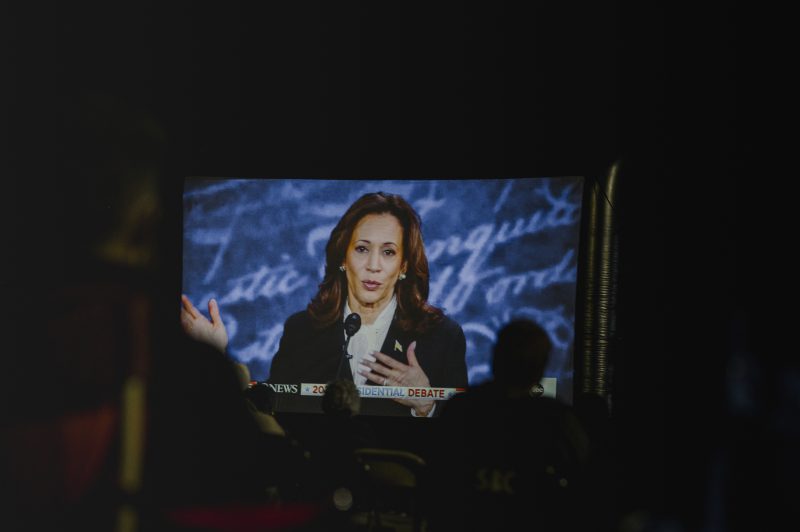In a recent article featured on Godzilla Newz, the topic of Kamala Harris’s What Can You Do for Me problem was explored. This issue sheds light on a complex dynamic that often arises in the realm of politics and public perception. Harris, who currently serves as the Vice President of the United States, has faced criticism and scrutiny surrounding her approach to various issues and her interactions with the public.
At the core of this problem lies a challenge that many politicians face – the need to balance public expectations, personal ambitions, and the demands of political office. For Harris, navigating these competing interests has proven to be a delicate balancing act that has drawn both praise and criticism from various quarters.
One of the key aspects of Harris’s What Can You Do for Me problem is the perception that she may be more focused on her own political future and ambitions rather than on addressing the immediate needs and concerns of the public. This perception can be damaging for a politician, as it can erode trust and credibility, crucial elements for effective leadership.
Another dimension of this issue is the challenge of effectively communicating one’s policies and priorities to the public. Harris has often been criticized for not being transparent or clear in her messaging, leading to confusion and frustration among voters. In an age where public perception is shaped by a multitude of factors, including media coverage and social media commentary, the ability to communicate effectively is crucial for any politician.
Furthermore, the What Can You Do for Me problem highlights the inherent tensions that exist within the political landscape. Politicians are expected to be responsive to the needs of their constituents while also pursuing their own agendas and ambitions. Striking the right balance between these competing interests is a formidable challenge that requires skill, empathy, and strategic decision-making.
As Harris continues to navigate the complexities of her role as Vice President, it is essential for her to address the underlying issues that contribute to her What Can You Do for Me problem. By prioritizing transparency, accountability, and effective communication, Harris can begin to rebuild trust with the public and demonstrate her commitment to serving the needs of the American people.
In conclusion, the What Can You Do for Me problem facing Kamala Harris serves as a reminder of the intricate challenges that politicians face in balancing public expectations with personal ambitions. By addressing the underlying issues that contribute to this problem and prioritizing transparency and communication, Harris has the opportunity to redefine her public image and strengthen her leadership in the eyes of the American people.
